POSTED ON by URBANSPY777
HARD TIMES IN SUGAR TOWN by Jadi Campbell
“History does not repeat itself – at best it sometimes rhymes.” – Mark Twain
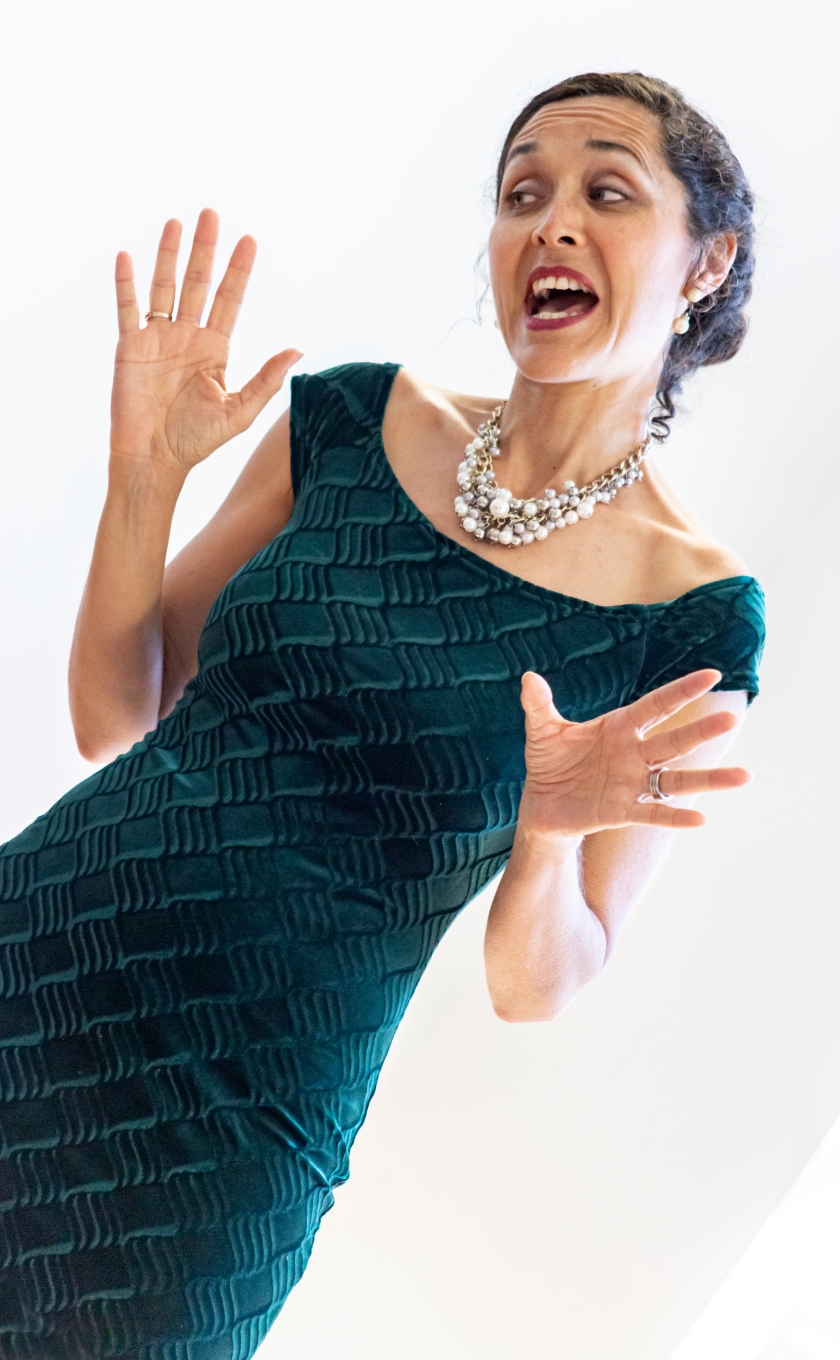
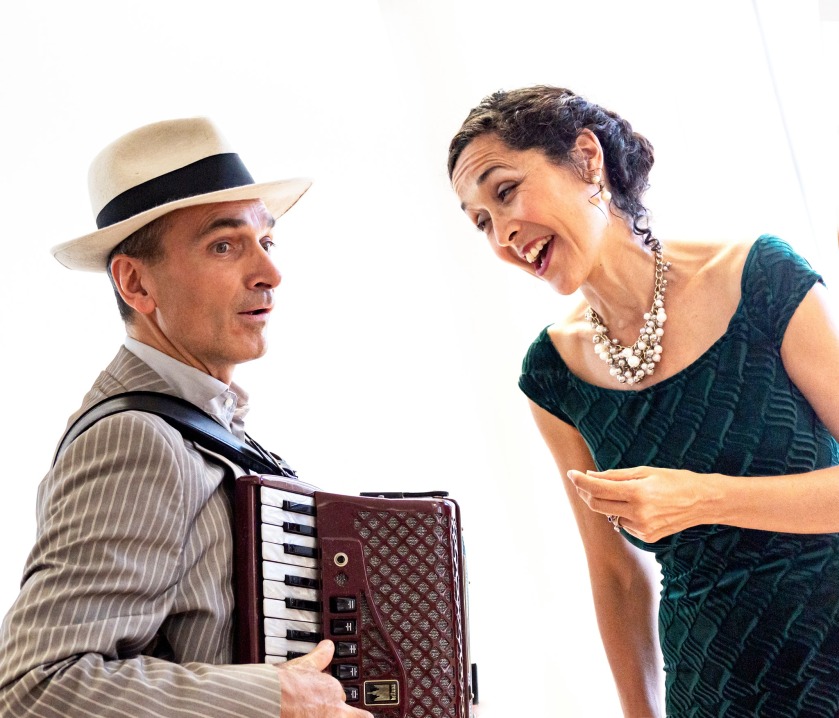
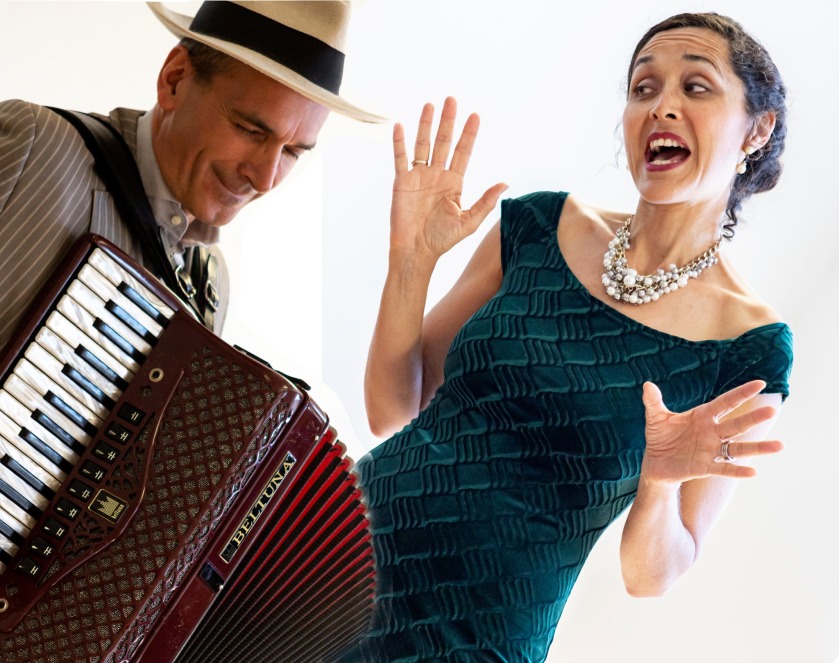
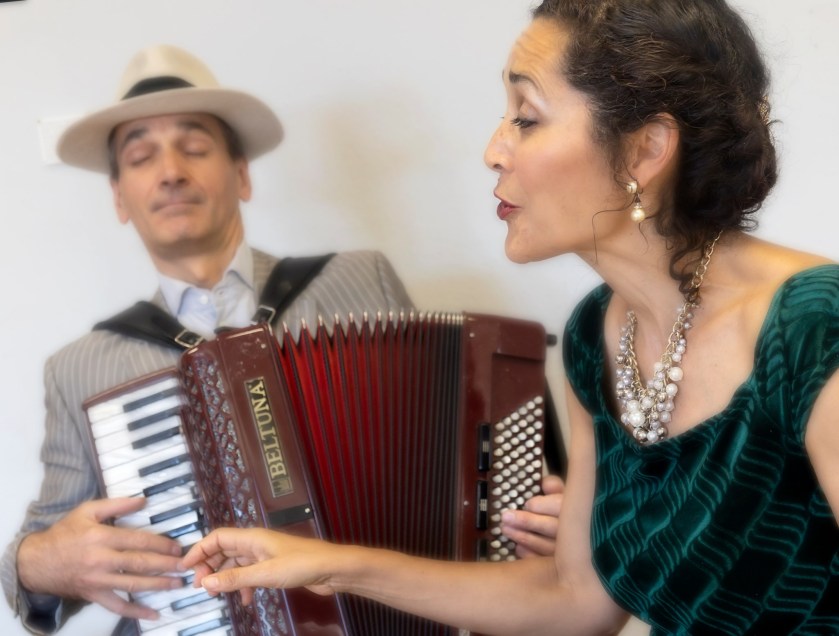
HARD TIMES IN SUGAR TOWN by Jadi Campbell
July 5 at 20:00 hrs in MERLIN

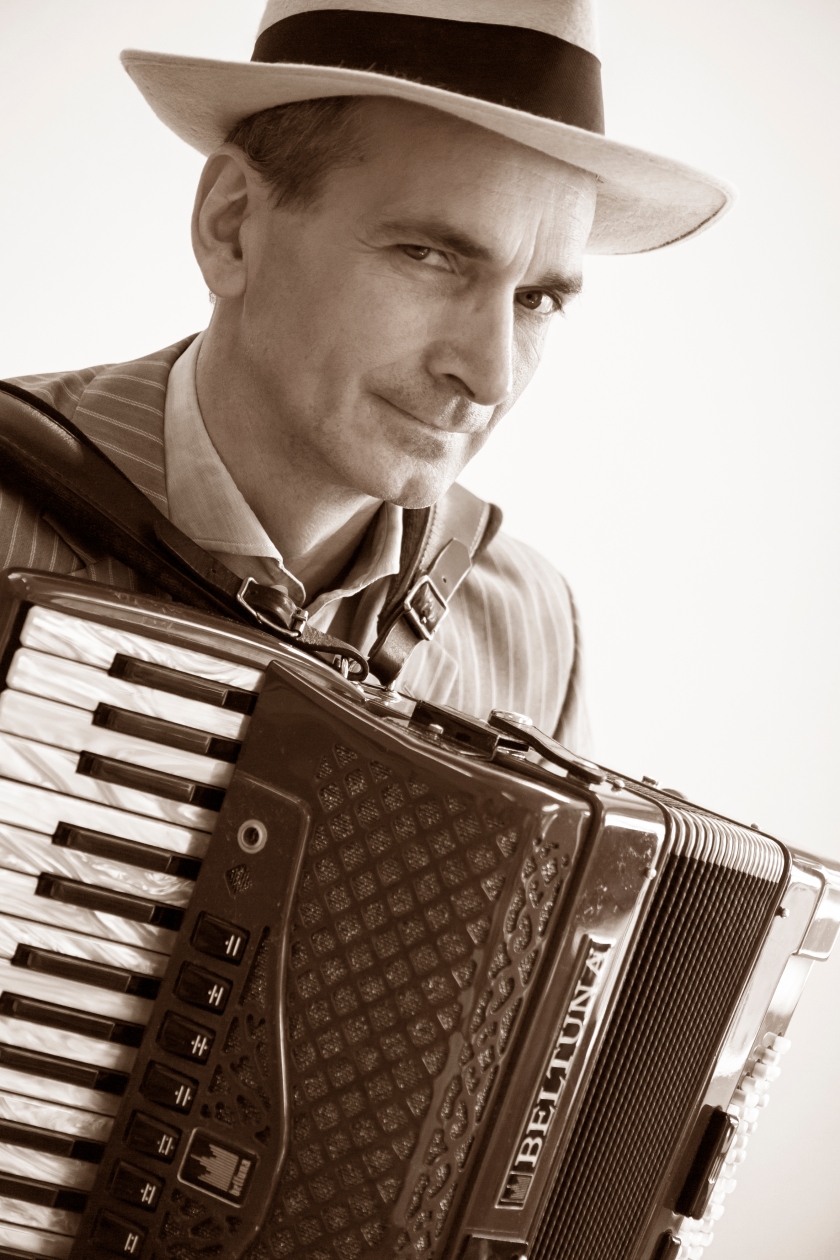
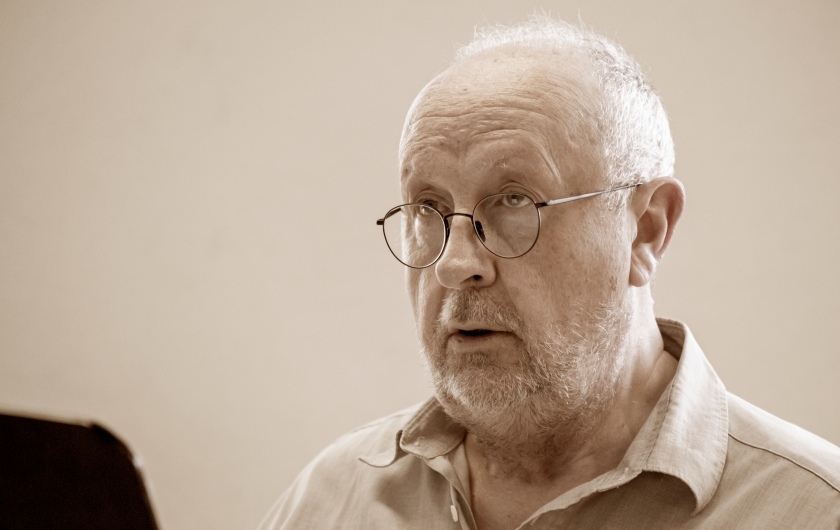

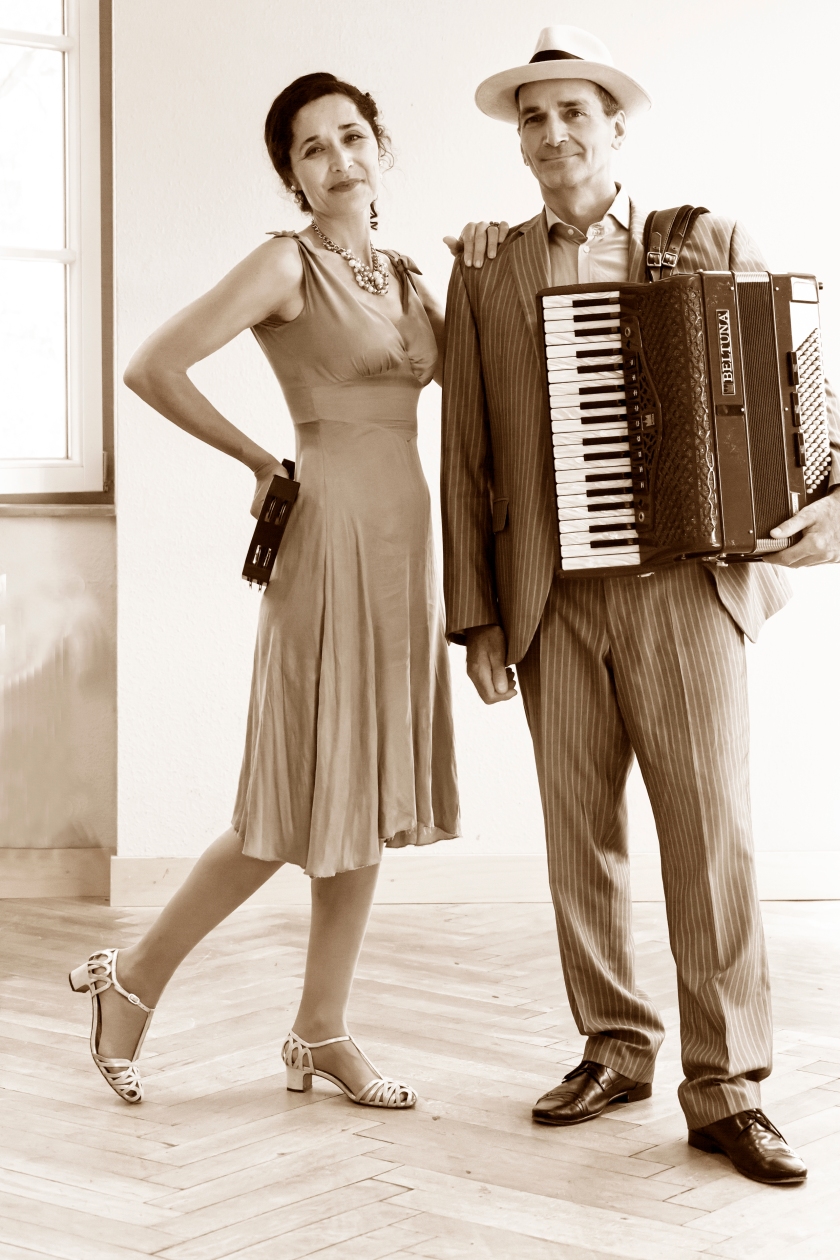

HARD TIMES IN SUGAR TOWN is an evening of songs from the Depression Era and an original story by Jadi Campbell featuring Derrick Jenkins, Tiffany Estrada, Frank Eisele. This show is the FIRST LIVE installment of the DARK MONDAY @ series in 2021!
…………………………….
The Dirty Thirties were a time of failed crops and banks, repossessed farms, and massive unemployment. The decade generated a great creative response to the country’s suffering, with the brilliant banter of screen stars, and poignant and pointed music lyrics.
Today’s soaring unemployment, small business failures, and uncertainty about the future are reminiscent of a bygone era: the Great Depression, which lasted from 1929 until 1939 and was the worst economic downturn in modern history. The historical parallel to the Pandemic Present is remarkable and the results quite similar: insolvent businesses, shuttered store fronts, financially concerned families fearful to make large purchases, and long lines forming at food banks.
When the U.S. stock market crashed in October 1929, it brought HARD TIMES to the nation. The Great Crash soon became the Great Depression – for millions of businesses and individuals, fear and failure became as commonplace as the optimism and prosperity had been before the economic collapse during the high spirited Roaring Twenties. In the downward spiral which lasted for a decade, society was devastated. During the bleakest point of the Great Depression, about a quarter of the U.S. workforce was unemployed. Those that were lucky enough to have steady employment often saw their wages cut or their hours reduced to part-time. Sound familiar?
Mark Twain states – “History does not repeat itself – at best it sometimes rhymes.”
During the 1920s, business owners pretty much did whatever they wanted and the rich got obscenely richer. Like today’s corona virus-driven economic crash, the Great Depression devastated a nation where things were already awful for a lot of people. Like the opportunists of today, business titans of the 1930’s, such as the 18 year old millionaire Howard Hughes, actually grew their fortunes thanks to shrewd investments, fortuitous timing and entrepreneurial vision.
The downtrodden population was in dire need of distraction and uplifting entertainment to take their minds off the troubling times at hand. Even as many Americans struggled to survive, they still found ways to have affordable fun. Miniature Golf became fashionable and a plethora of Board Games such as Scrabble and Monopoly were introduced.
The opportunity to earn money while having “fun” drew many desperate couples to participate in Dance Marathons. These became more than just a form of recreation and could last for days or weeks. As long as the dancers kept dancing, they had food (usually 12 meals a day), shelter and the chance to win a cash prize. Each hour they were allowed a break for 15 minutes, during which they might lay down on a cot and have a nurse attend to them. Because they had to stay moving for the other 45 minutes per hour, dancers learned to sleep while their partner held them up and dragged them across the dance floor.
Radio was at the height of its popularity and a pleasantly inexpensive form of entertainment for 83 percent of the population that owned a wireless set. New program formats were created – Daily Soap Operas, Game Shows, Radio Westerns, Crime Shows, Mystery Programs. Listeners tuned in to hear about current events, the latest baseball scores or juicy Hollywood gossip. In 1933, Franklin Delano Roosevelt revolutionized the way presidents communicated with Americans by talking directly to them through the radio. During his“fireside chats,” as they became known, he spoke of issues that affected everyone; like the banking crisis, the New Deal and the Dust Bowl.
This was also the Golden Age of the Hollywood Film Industry. Tickets prices were under a quarter for the whole of the 1930s – down from 35 cents in 1929, so spending time in the cinema was an affordable form of escapism for many. The technical transition from Silent Movies to Talkies was fully achieved and many revolutionary new genres were created such as Screw Ball Comedies, feature length Cartoons by Walt Disney, lavish film musicals featuring the dizzying choreography of Busby Berkley, as well as the popular series of dance themed movies starring America’s Sweethearts – Fred Astaire & Ginger Rodgers. What better way to forget your troubles for a few hours?
Many composers of what is today considered the Great American Songbook, wrote songs specifically for the movie industry; among them George & Ira Gershwin, Irving Berlin, Harold Arlen, Cole Porter, Jerome Kern. These were melodies with words to console, lift spirits and have the audience leaving the lavishly designed and decorated cinemas whistling and singing… ready to face yet another dreary day.
As lyricist Dorothy Fields wrote in one of her popular songs in 1936 – Pick yourself up, dust yourself off and start all over again!
Photos by Uka Meissner deRuiz
NOTES: Original post by Charles Urban and New English American Theater (NEAT). The show will be posted on YouTube and available for viewing from July 6th-onwards!
Our film version will be broadcast in wonderfully nostalgic and appropriate Black & White beginning Tuesday, July 6 on the MERLIN YouTube Channel – https://www.youtube.com/c/MERLINSTUTTGART0711/videos

 Fred Podolski. What did Ronnie know about him, anyway? He was related to Gus, the owner of her favorite downtown café. When she went in at lunch for a bowl of soup, sometimes Fred sat at the front counter chatting with his brother or sister-in-law.
Fred Podolski. What did Ronnie know about him, anyway? He was related to Gus, the owner of her favorite downtown café. When she went in at lunch for a bowl of soup, sometimes Fred sat at the front counter chatting with his brother or sister-in-law.  Late that afternoon, before the sun sank, the fathers and kids erected tents. Jake and his father tamped tent stakes into the root beds of thick grass while Hannah watched. Fred’s handsome face was red and the skin around his eyes was tight. He flexed his fingers. He disliked using his hands for anything but driving, and even then he always wore driving gloves.
Late that afternoon, before the sun sank, the fathers and kids erected tents. Jake and his father tamped tent stakes into the root beds of thick grass while Hannah watched. Fred’s handsome face was red and the skin around his eyes was tight. He flexed his fingers. He disliked using his hands for anything but driving, and even then he always wore driving gloves.


 In JJ’s, the bartender and a teenaged patron plan exotic trips. JJ’s chef meets several men who’d kill for her. Valuables and peace of mind literally get stolen. Couples celebrate, or split up. In a rainy night accidents happen and people vanish. These are the stories of people whose paths cross – or crash. The tales begin in a bistro and move on to Bangkok, a carnival midway, and the bottom of a lake, among other places. Broken In: whether totally random or according to plan, after tonight life will never be the same.
In JJ’s, the bartender and a teenaged patron plan exotic trips. JJ’s chef meets several men who’d kill for her. Valuables and peace of mind literally get stolen. Couples celebrate, or split up. In a rainy night accidents happen and people vanish. These are the stories of people whose paths cross – or crash. The tales begin in a bistro and move on to Bangkok, a carnival midway, and the bottom of a lake, among other places. Broken In: whether totally random or according to plan, after tonight life will never be the same. They carry yellow stickers. Return to Sender. Not Deliverable as Addressed. Unable to Forward.
They carry yellow stickers. Return to Sender. Not Deliverable as Addressed. Unable to Forward.


 My own, less clever Christmas cards are a way to remain connected to my mom’s tradition. And the cards are my way to remain connected, if I can, even if just one day out of the year, with the people who were in my life in various places at various times. Each of them helped me with their friendships more than they’ll ever know. Each year a few cards come back, and another friend has dropped from my life.
My own, less clever Christmas cards are a way to remain connected to my mom’s tradition. And the cards are my way to remain connected, if I can, even if just one day out of the year, with the people who were in my life in various places at various times. Each of them helped me with their friendships more than they’ll ever know. Each year a few cards come back, and another friend has dropped from my life.











